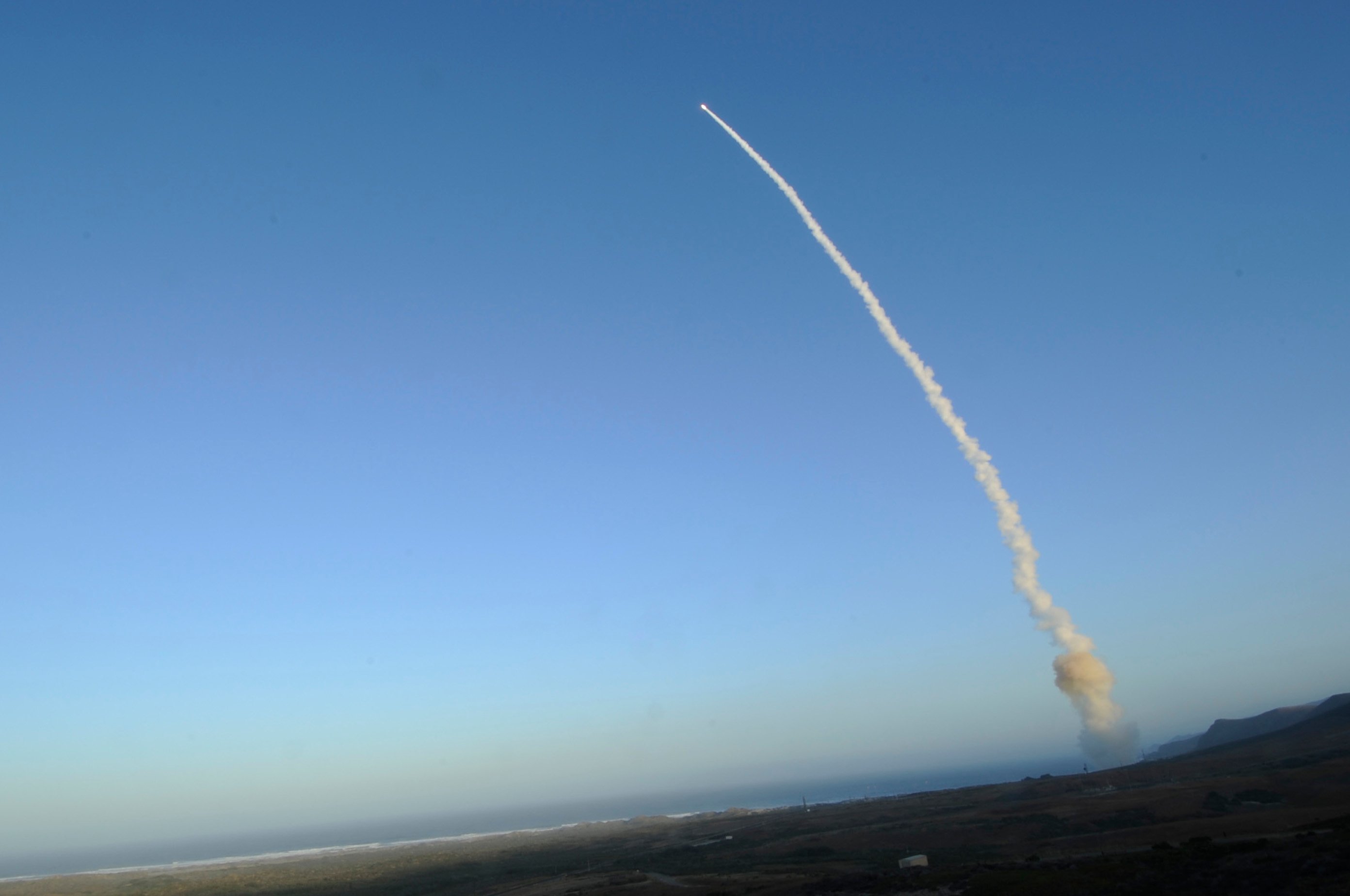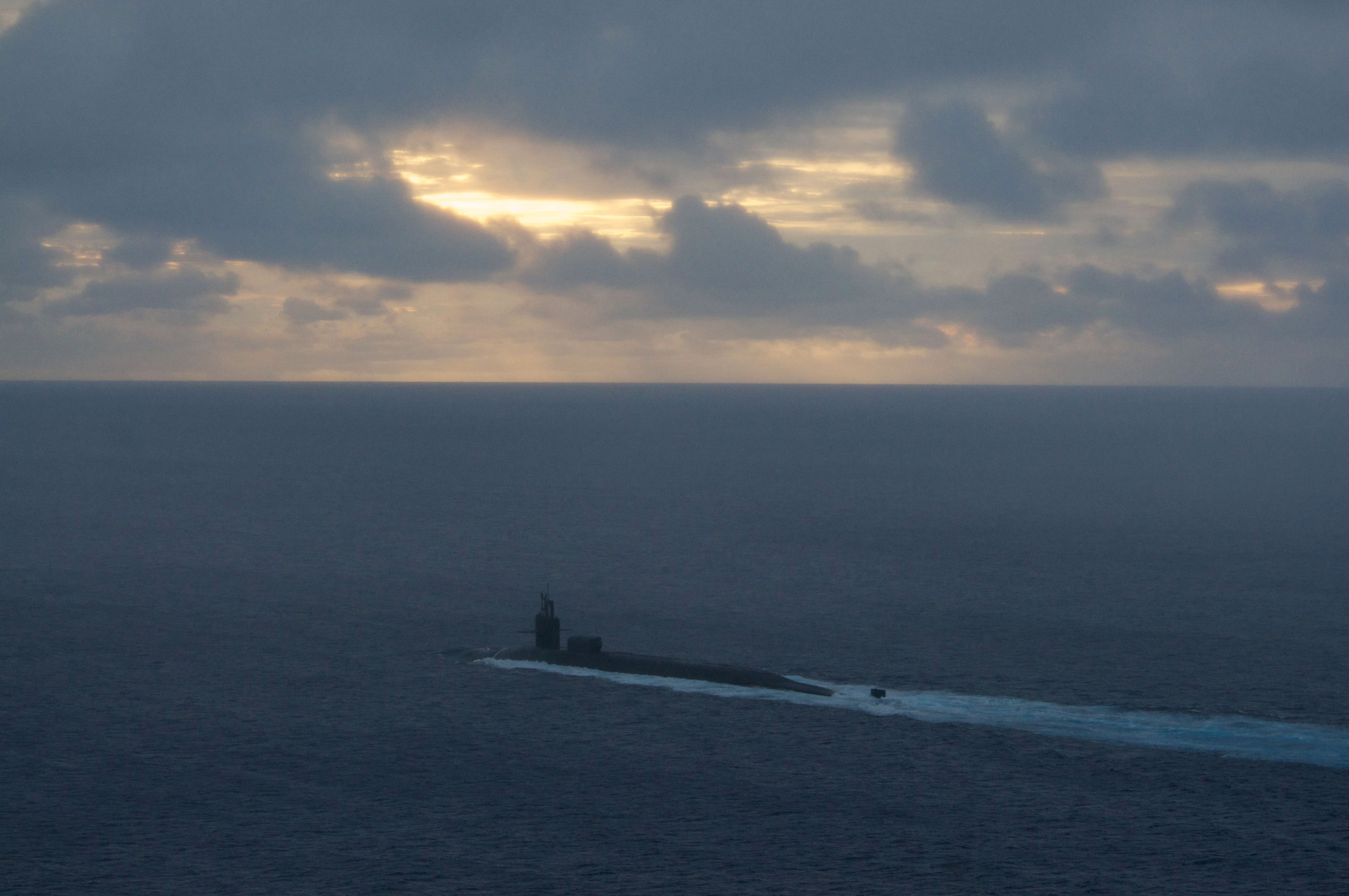
The number one priority of the nation’s nuclear modernization program is command and control of the strategic forces, the vice chairman of the Joint Chiefs of Staff told the House Armed Services Committee Wednesday.
U.S. Air Force Gen. Paul Selva, “ten years from now is my concern” about a command and control system that he termed “resilient, robust and ancient.”
He and the other witnesses including Vice Chief of Naval Operations Adm. Bill Moran told the panel that all legs of the triad — long-range bombers, ballistic missiles and ballistic missile submarines — were required and needed to be modernized, along with warheads and the command and control functions.
“Nuclear weapons provide the only existential threat to the United States,” Selva said. “Our nuclear deterrent is nearing a crossroads.” He added later that the Defense Department has been asked three times in recent years if one leg of the nuclear deterrent triad could be scrapped, usually the long-range bomber armed with stand-off cruise missiles, and each time the answer came back “we believe the triad is fundamental to deterrence.”
“It’s choosing among your children,” Gen. John Hyten, USAF, commander of Strategic Command, added.
Chairman Rep. Mac Thornberry, (R-Texas), added the nuclear enterprise also is working in “aging facilities with an aging work force.”
As to whether modernizing all the nuclear force concurrently would set off an arms race, Selva said, “I bluntly call this a replacement program” and Russia understands this because it was a signatory to arms control treaties with the United States. He added later the modernization of delivery systems and weapons will be done without re-designs and new systems. He called it a “reasonable path into the near future.”

With the change in administrations, the Defense Department is engaged in a nuclear posture review. The review will take into account that there “are more than just two nuclear players” to be deterred, Selva said.
Spending on strategic forces accounts for six to seven percent of the Pentagon’s budget, the witnesses told the committee.
Using the Columbia-class ballistic missile submarine as an example of the need for modernization, Selva said in answer to a question, “We’ve squeezed about all the life we can out of “existing systems. “The Ohio class sub [replacement] is on a design and construction schedule that has almost no slack in it.”
Moran said that the Navy plans to meet the requirement of having six ballistic missile submarines operating at the same time through maintenance of existing vessels and the Columbia class being added to the fleet in the early 2030s.
The need to replace the Ohio-class is clear, Hyten said. “A submarine that cannot go under the water isn’t any use to the United States.”
Even though Russia has completely modernized its nuclear forces and China is in the process of doing so as well as expanding it, “we do have a qualitative advantage,” Selva said.
Hyten added the emphasis is on keeping the deterrent “safe, secure, reliable, ready into the future.” In answer to a question, he said, “We have to be able to deter in all elements,” space, air and sea.
In Europe, Russia’s deployment of land-based cruise missiles “presents a risk to most of our facilities” there and violates intermediate range missile agreements, Selva said. One deterrent in Europe against those missiles and Russia’s tactical nuclear missiles are the dual-capable aircraft flown by the United States and NATO allies.
“We start from what they’re doing [to] figure out how to respond,” Selva said in answer to a question on building deterrence against a variety of nuclear threats.





